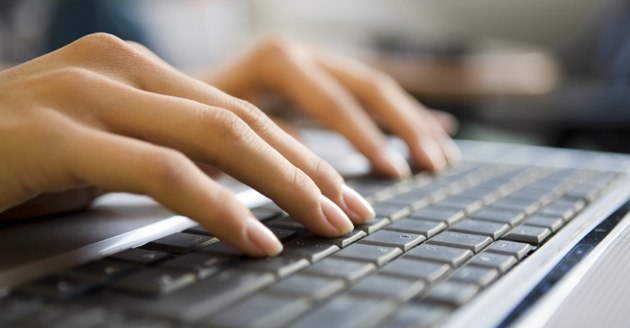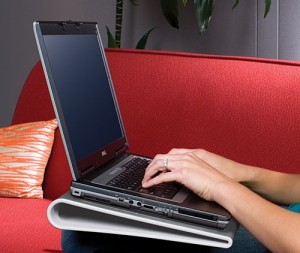Solar-powered laptops are nice and all for keeping your laptop charged up, but they need to be in contact with sunlight in order to work and now researchers at an Australian university are working on powering electronic devices by the action of typing or walking thanks to the electrical generation capability of piezoelectrics. A new twist on an old technological advancement might change all that by turning your keystrokes into power and there are currently no plans for a consumer-level device that would employ the technology, but the research is promising……….
Battery life can be a deal maker or a deal breaker when shopping for a new electronic gadget and laptops are especially notorious for overpromising and also underdelivering when it comes to how long they can last between charges. A new twist on an old technological advancement might change all that by turning your keystrokes into power and self-powered portable electronics have come one step closer to reality, according to the results of new research by Australian scientists from the Royal Melbourne Institute of Technology (RMIT). The researchers successfully measured a piezoelectric thin film’s capacity for turning mechanical pressure into electricity. It may sound like an idea from the realm of science fiction, but the discovery could eventually lead to laptops powered through typing. Piezoelectric materials are able to to convert mechanical energy into electric power. Piezoelectricity as a phenomenon was discovered in the 19th century and is used in things like electric cigarette lighters, which use a piezoelectric crystal capable of producing a high voltage electric current after being hit by a spring-loaded hammer, to ignite gas. Piezoelectric bulk or block materials (like crystals or ceramics) have been studied thoroughly, but research on thin films is relatively new, according to the lead co-author of the research, Dr. Madhu Bhaskaran.
The scientists were able to quantify the amount of energy that can be generated by piezoelectric thin films coatings. “Our study focused on thin film coatings because we believe they hold the only practical possibility of integrating piezoelectrics into existing electronic technology,” Dr. Bhaskaran said. She believes it is possible to implement the discovery into consumer electronics on a wider scale. “The power of piezoelectrics could be integrated into running shoes to charge mobile phones, enable laptops to be powered through typing or even used to convert blood pressure into a power source for pacemakers – essentially creating an everlasting battery.” Dr. Bhaskaran worked with RMIT’s Dr. Sharath Sriram, who is part of the Microplatforms Research Group, led by Professor Arnan Mitchell. Australian National University‘s (ANU) Dr. Simon Ruffell also collaborated on the project. The results were published in the June 21st issue of the materials science journal, Advanced Functional Materials.
[ttjad keyword=”samsung-laptop”]


